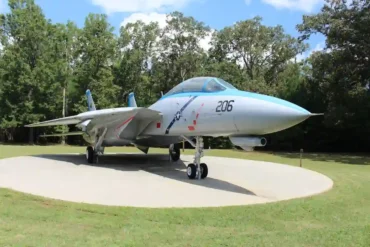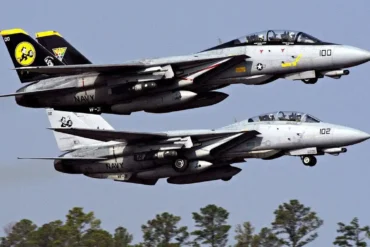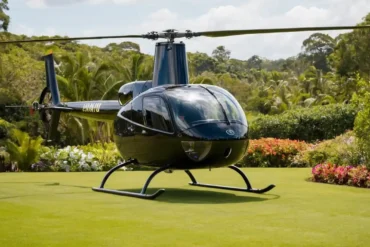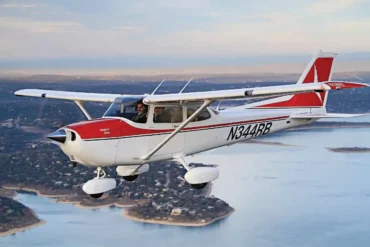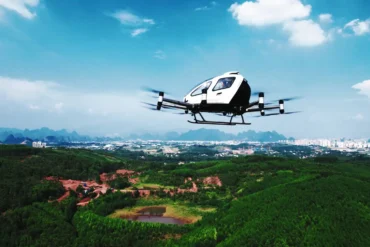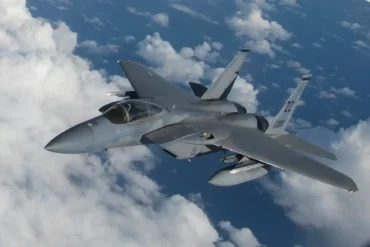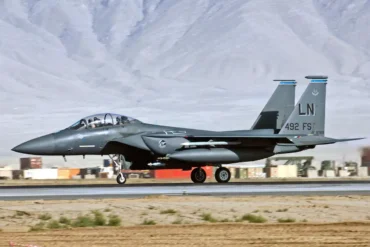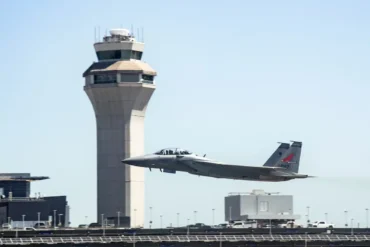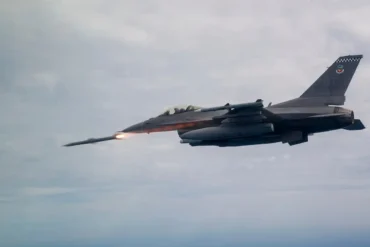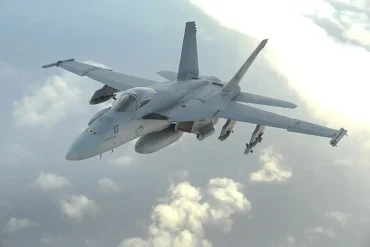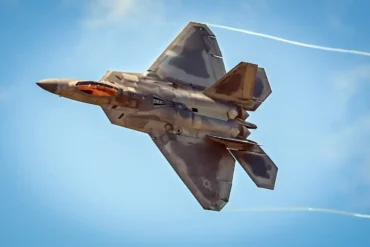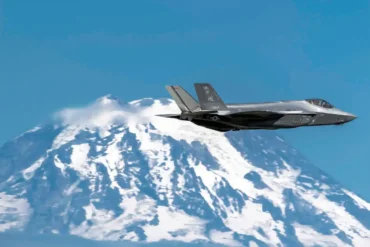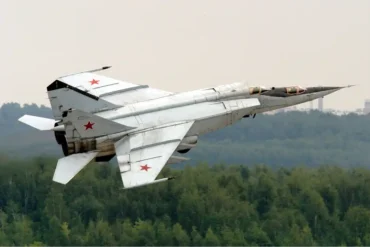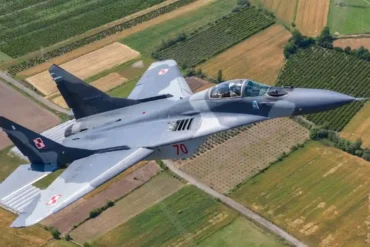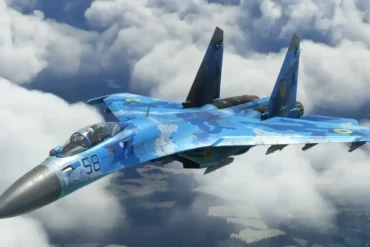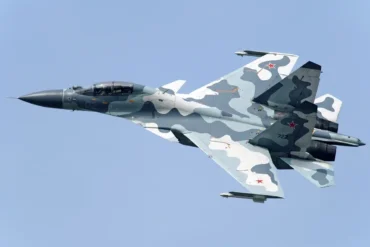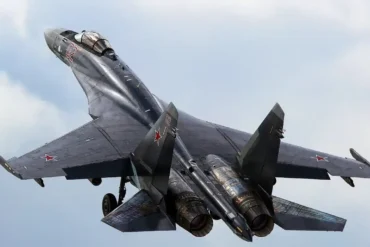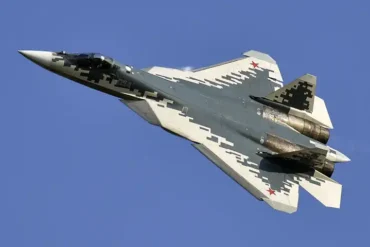The F-14D Tomcat, manufactured by Grumman Corporation, is a legendary aircraft that has cemented its place in aviation history. Known for its distinctive variable-sweep wing design, the F-14 was originally developed as a carrier-based fighter for the U.S. Navy. Though the F-14 is no longer in active service, its high-performance characteristics and unique capabilities continue to captivate aviation enthusiasts and defense experts alike. But how much does it cost to build, maintain, and operate such an advanced machine? In this article, we will dive into the various costs associated with the F-14D Tomcat, including its initial procurement price, maintenance expenses, and cost per flight hour.
F-14D Tomcat Overview
Before diving into the cost details, it is crucial to understand the F-14D’s capabilities. The F-14D is an upgraded version of the original F-14, boasting advanced avionics, radar systems, and weaponry. Here are some important specifications of the F-14D Tomcat:
- Manufacturer: Grumman Corporation
- Wingspan: 64 ft 1.5 in (19.545 m)
- Length: 62 ft 9 in (19.13 m)
- Height: 16 ft (4.9 m)
- Empty Weight: 43,735 lb (19,838 kg)
- Gross Weight: 61,000 lb (27,669 kg)
- Maximum Takeoff Weight: 74,350 lb (33,725 kg)
- Fuel Capacity: 16,200 lb (7,348 kg) internal fuel; optional external drop tanks
- Combat Range: 503 nmi (579 mi, 932 km)
- Top Speed: Mach 2.34 (1,544 mph, 2,485 km/h)
- Radar: Hughes AN/APG-71
- Climb Rate: 45,000 ft/min (230 m/s)
- Role: Advanced interceptor and air superiority fighter
The F-14D was designed to handle a variety of roles, from fleet air defense to long-range interdiction. Its range, speed, and multirole capabilities make it one of the most revered aircraft in aviation history. Despite its impressive capabilities, understanding the costs involved with owning and operating such an aircraft is essential for both military organizations and aviation enthusiasts.
Initial Procurement Cost of the F-14D Tomcat
The F-14D Tomcat was a high-tech fighter aircraft designed to replace older models and provide superior capabilities in modern warfare. As such, its initial procurement cost was substantial. According to various sources, the unit cost of an F-14D was approximately $38 million per aircraft. This price fluctuated slightly based on contracts, delivery dates, and specific configurations, but it serves as a solid estimate of what the U.S. Navy paid per unit during the 1990s and early 2000s when the aircraft was actively in service.
Factors Influencing the Procurement Cost
Several factors influenced the cost of the F-14D Tomcat at the time of purchase:
- Technological Advancements: The F-14D featured a significant upgrade in its radar and avionics, including the advanced AN/APG-71 radar system and digital avionics, which contributed to its higher cost.
- Weaponry and Armament: The F-14D was designed to carry the AIM-54 Phoenix missile, which could engage multiple targets simultaneously at long ranges. The capability to carry a variety of advanced air-to-air and air-to-ground munitions also impacted the aircraft’s price.
- Customization: The U.S. Navy required certain specifications for the aircraft, including carrier-based features such as reinforced landing gear and tailhook systems, all of which added to the cost.
- Production Scale: The F-14D was produced in smaller quantities compared to other fighter jets, which meant that economies of scale were not as prominent, leading to a higher per-unit cost.
Procurement Comparison with Other Fighter Aircraft
When compared to similar fourth-generation fighter aircraft, the F-14D’s cost is competitive. For example, the F/A-18 Hornet had an estimated cost of around $29 million per unit during the same period, while the F-15E Strike Eagle had a cost of approximately $60 million per unit. The F-14D, with its specialized capabilities, was positioned at the higher end of the cost spectrum for carrier-based fighters.
Cost of Operation
While the initial procurement cost of the F-14D is important, the ongoing cost of operation is equally critical for military and defense planners. Operating an advanced fighter like the F-14D comes with significant financial commitments, particularly related to maintenance, fuel, and personnel.
Maintenance Costs
The F-14D’s maintenance costs were notably high due to its complexity and age. Each F-14D Tomcat required regular overhaul cycles, which included engine inspections, electronic upgrades, and structural integrity assessments. These maintenance efforts were necessary to ensure that the aircraft remained combat-ready, especially considering its demanding role as a carrier-based interceptor.
The cost of maintenance for the F-14D can be broken down into several categories:
- Engine Maintenance: The F-14D was powered by two General Electric F110-GE-400 turbofan engines, each capable of generating over 26,000 pounds of thrust. The engines required regular overhauls and replacement parts, particularly after hours of flight in high-stress combat environments. The engine overhaul alone could cost anywhere from $1.5 million to $2 million per engine.
- Structural Maintenance: The aircraft’s variable-sweep wing design, although effective in enhancing performance, added complexity to its structural maintenance. Wings, landing gear, and fuselage components had to undergo routine inspections and repairs, especially given the stresses placed on the aircraft during carrier landings.
- Avionics and Systems: The advanced avionics systems, including the AN/APG-71 radar, required frequent calibration and testing. Upgrades and replacements of these systems were costly and contributed to the overall maintenance expenses.
- Hourly Maintenance Costs: On average, the cost per flying hour for the F-14D was approximately $22,000 to $24,000. This figure included the costs of routine maintenance and logistics support required to keep the aircraft in operational condition.
Fuel Costs
Operating an F-14D also involved substantial fuel consumption. With an internal fuel capacity of 16,200 lb and an optional external drop tank, the aircraft had a significant range but also required a substantial amount of fuel to reach and sustain that range. The F-14D’s fuel consumption during combat missions was reported to be around 2,000 to 3,000 pounds of fuel per hour, depending on the mission profile and flight conditions.
At the time, the average price of aviation fuel was around $2.50 per gallon, and considering that the F-14D burned approximately 7 gallons of fuel per minute, the fuel costs for each flying hour could range from $10,000 to $15,000.
Cost Per Flight Hour
When combining fuel costs, maintenance, and personnel, the total cost per flight hour for the F-14D Tomcat was approximately $35,000 to $40,000 per hour. This figure, however, could vary depending on the specific operational circumstances and mission requirements.
Retirement and Legacy Costs
The F-14D was retired from active service in 2006, and its maintenance and operational costs were ultimately reduced as it was phased out in favor of more modern aircraft like the F/A-18E/F Super Hornet. However, even after retirement, the legacy costs of maintaining the aircraft in museums, private collections, or for training purposes can still be significant. The costs associated with preservation and storage of the aircraft, including the safekeeping of parts and engine maintenance, can run into the millions of dollars, especially when considering the aircraft’s historical significance.
Conclusion
The F-14D Tomcat was an iconic fighter aircraft that offered unparalleled capabilities in its time. However, the costs associated with acquiring, maintaining, and operating the aircraft were substantial, reflecting the advanced technology and high-performance standards of the machine. From its initial procurement price of $38 million to the $35,000 to $40,000 per flight hour cost, the F-14D’s financial demands were significant. Despite these costs, the aircraft’s legacy continues to be celebrated by aviation enthusiasts and experts, ensuring that the F-14D Tomcat remains one of the most respected and memorable military aircraft in history.

